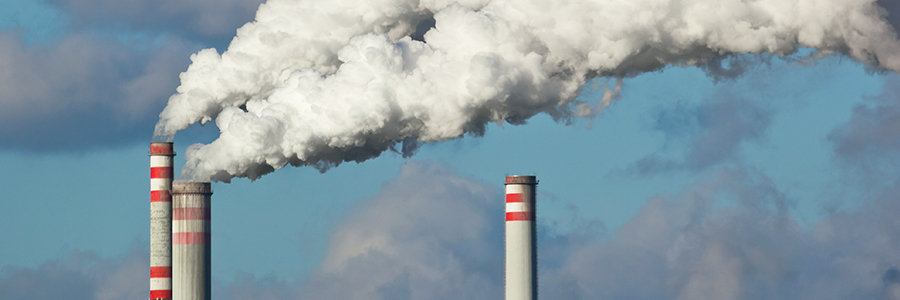
When reducing carbon emissions — also known as decarbonization — people tend to think of strategies like using public transportation instead of driving, using solar power instead of traditional electricity, and trying to limit their overall energy use. What many fail to realize is how deeply water use is intertwined with energy consumption — and that water conservation can contribute to decarbonization.
The Link Between Water Use and Carbon Emissions
Many people aren’t aware of the significant amount of carbon embedded in our water infrastructure and that reducing our water use reduces our carbon footprint. Water systems within buildings and facilities are a major source of greenhouse gas emissions(Source: WINT Water Intelligence). For some local U.S. governments, water and wastewater can account for 30-40 percent or more of public energy consumption — and approximately 25 percent of all water in the built environment is ultimately wasted, driving up water-related energy use and carbon emissions (Source: Water World).
Think about the water we use every day; it’s been treated to be safe and usable, and then transported to us — both of which are energy-intensive processes that produce carbon emissions. When we waste water that’s been treated and delivered, we’re also wasting the energy with it.
While the amount of emissions varies based on the water source and distribution method, approximately every cubic meter of water consumed generates 10.5 kg of carbon emissions, or 85 pounds of carbon for every 1,000 gallons of water. This data makes it clear that a key piece of decarbonization is being smarter about how we use water.
Eliminating Water Waste with Smart Water Management
Water use inefficiencies are extremely common in commercial and municipal buildings and facilities. Water is wasted through leaks, malfunctions, human errors, and outdated technology — but it doesn’t have to be. There are smart water management technologies — for both indoors and out — that can catch leaks, malfunctions, and human errors quickly to eliminate this unnecessary water waste.
It’s estimated that as much as 50 percent of outdoor water use is wasted through evaporation, wind, or runoff, due to outdated and inefficient irrigation systems (Source: EPA WaterSense).
Smart irrigation systems are a great solve for this. Unlike traditional irrigation controllers, smart irrigation controllers don’t operate on preset schedules and timers — they tailor watering and run times to the specific landscape. Automation cuts off the water at the moment it’s no longer needed — preventing unnecessary water waste.
Leak detection and water use analytics services can also prevent unnecessary water waste by providing real-time visibility of indoor and outdoor water usage. This makes it easier to get ahead of leaks and breaks before they waste a significant amount of water.
Water Conservation Efforts Lead to Reduced Carbon Emissions
Lowe’s is a great example of a company experiencing reduced carbon emissions through their efforts to eliminate water waste. By rolling out smart irrigation systems to nearly 1,000 of their retail facilities, they have seen annual water savings of 650 million gallons of water and an annual downstream GHG savings of about 750 metric tons CO2e, comparable to over 84,000 gallons of gasoline.
If 2,000 retail stores in the U.S. used smart irrigation systems to increase their water use efficiency, water use could be reduced by almost 1.4 billion gallons and greenhouse gas emissions by 1,590 metric tons.
As global carbon emissions continue to rise and we feel the negative impacts of this, it’s critical to continue focusing on decarbonization — and water use needs to be a bigger part of that conversation. Want to learn more about how to get smarter about water use to prevent unnecessary water waste and carbon emissions? Check out our eBook on achieving ESG goals with smart water management.

